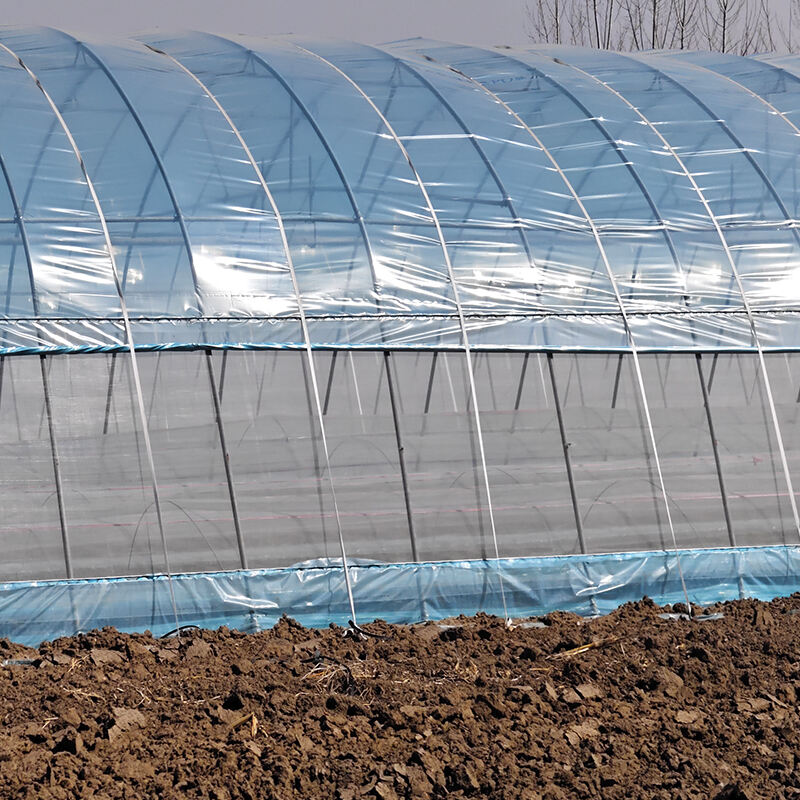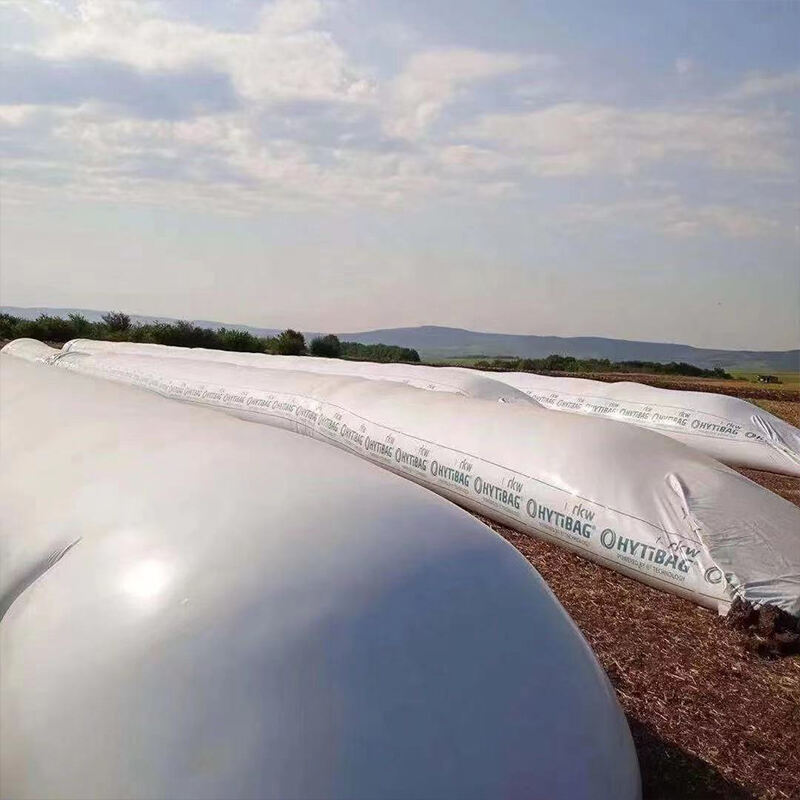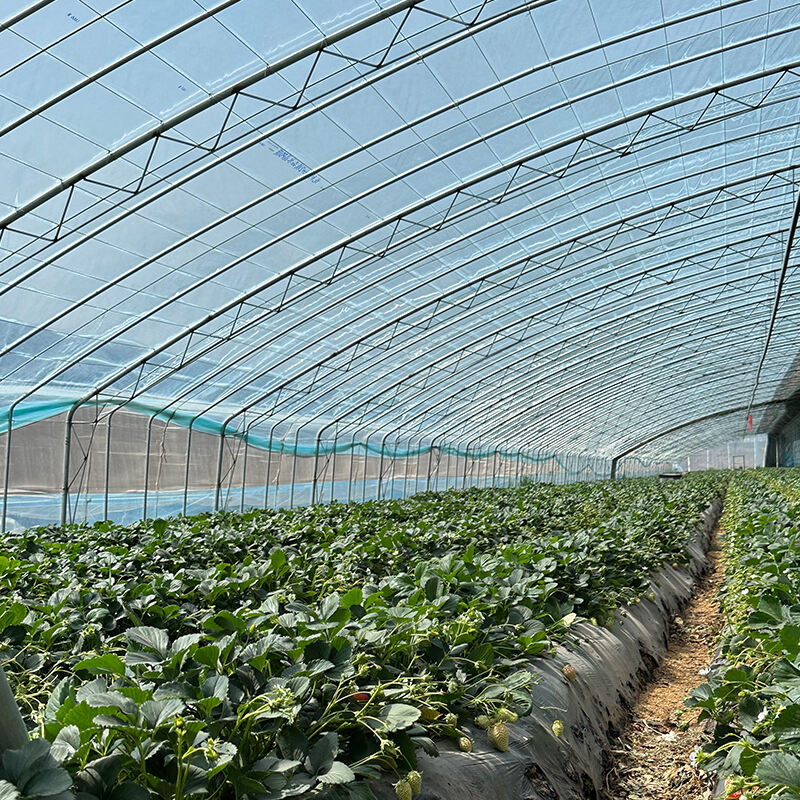plastic mulching price
Plastic mulching price represents a crucial consideration in modern agricultural practices, encompassing various factors that influence both cost-effectiveness and farming efficiency. The current market offers diverse options ranging from standard black plastic mulch to specialized biodegradable variants, with prices typically varying from $100 to $300 per acre depending on material quality and specifications. These materials serve multiple functions, including moisture retention, weed suppression, and soil temperature regulation. The technological features of modern plastic mulching include UV resistance properties, varying thickness options from 0.8 to 1.5 mils, and selective light transmission capabilities. The application scope extends beyond traditional row crop farming to greenhouse cultivation, organic farming, and specialized horticultural operations. The pricing structure typically factors in material durability, seasonal requirements, installation costs, and potential labor savings. Advanced manufacturing processes have enabled the development of multi-layer films that provide enhanced durability and functionality while maintaining competitive pricing options for farmers of all scales.


